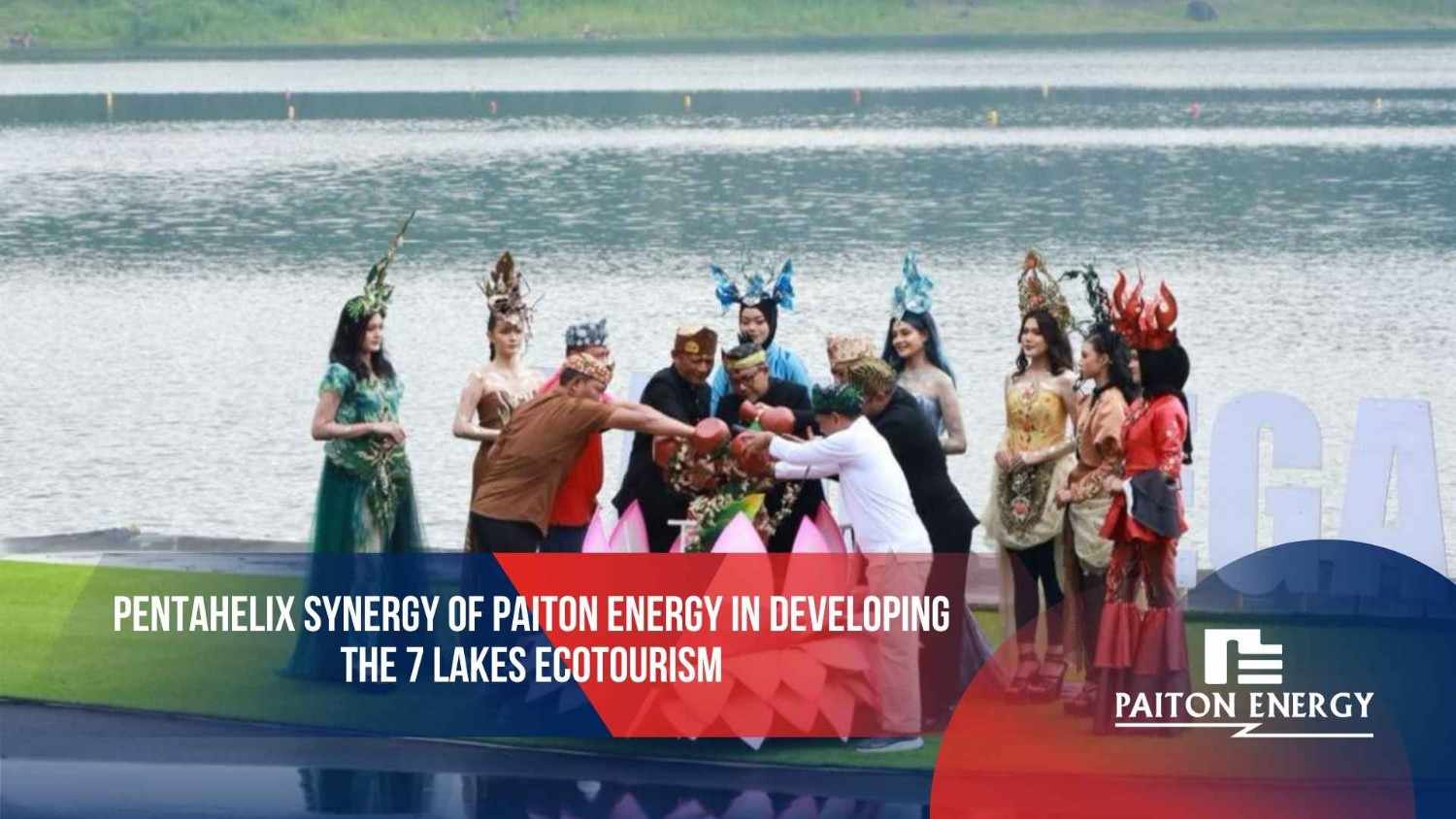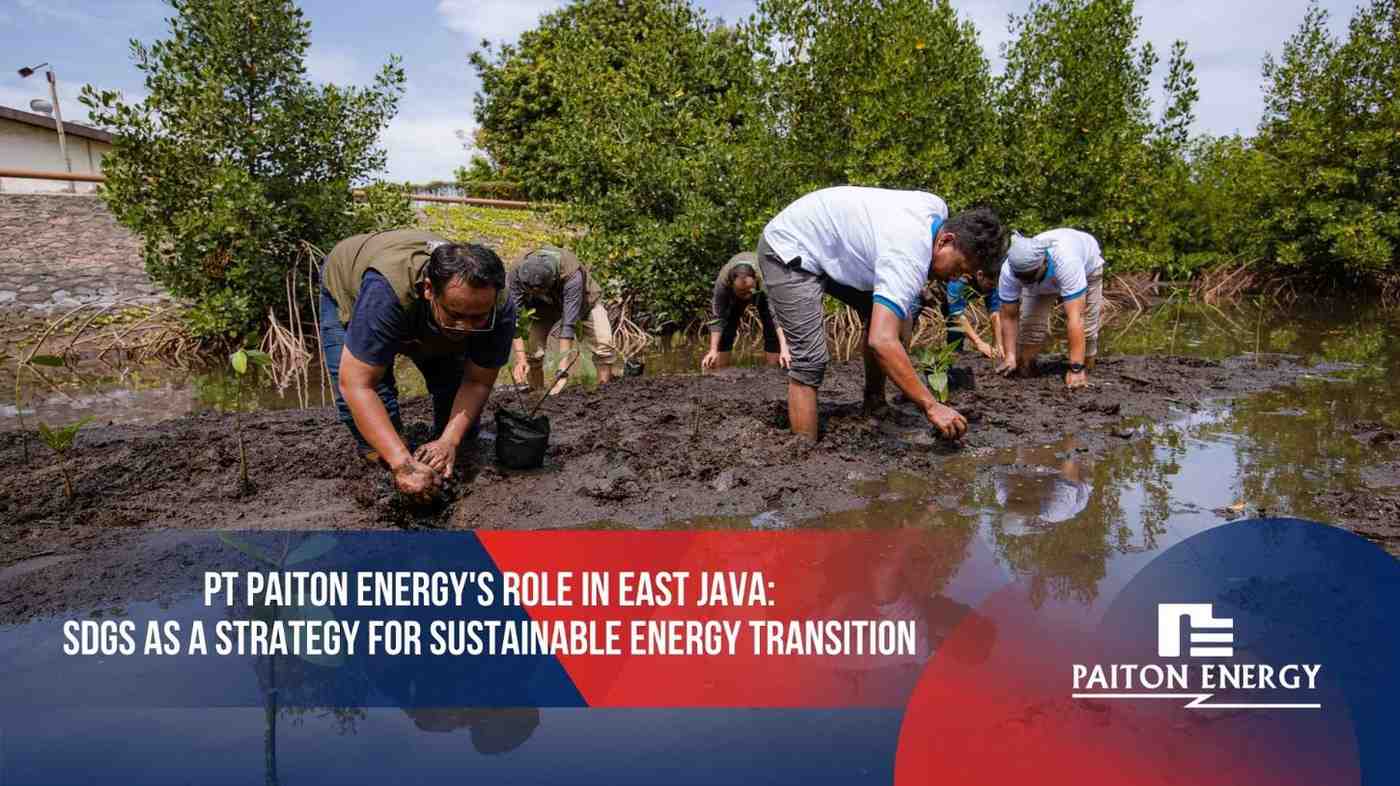Environmental conservation remains both a challenge and an urgent necessity across many rural areas in Indonesia, including Selobanteng Village, located in Situbondo Regency, East Java.
Around 2007, Selobanteng faced a severe ecological crisis due to multiple environmental pressures. Forests were degraded by uncontrolled logging and land-use changes, driven by a community reliant on timber and livestock.
As a result, water sources diminished, temperatures rose drastically, and the land lost its ability to retain water effectively. This crisis deteriorated residents’ quality of life and heightened the risk of natural disasters such as droughts and landslides.
In response to these conditions, the local community began seeking sustainable and relevant approaches to environmental conservation.
Degraded land, scarce water resources, and economic dependence on forest products highlighted the need for a new strategy—one that not only restored the environment but also empowered the community socially and economically.
Strategic Conservation Initiative: The Selobanteng Community Forestry Program
As a form of corporate concern, in 2009 PT Paiton Energy and PT Paiton Operation & Maintenance Indonesia (POMI) launched the Selobanteng Community Forest Conservation Village Program.
This initiative was designed as a long-term solution to restore the forest’s ecological functions, improve the water cycle, and balance environmental needs with community livelihoods.
The program is grounded in the principles of environmental conservation, employing a participatory and community-based approach.
One of the initial steps involved distributing teak seedlings to residents, accompanied by an agreement that the trees would not be cut down for nine years. This commitment laid the foundation for raising community awareness on the importance of preserving ecosystems.
To ensure program’s success, intensive mentoring and regular evaluations were implemented. Collaboration with FMIPA Universitas Malang, BRIN, and the Purwodadi Botanical Garden Research Center strengthened the scientific and technical aspects of the conservation efforts.
Annual and five-year evaluations serve as metrics for success and guide long-term strategy development.
Program Growth and Achievements in Tree Planting
Over more than a decade, the conservation program in Selobanteng has shown remarkable results. To date, more than 171,000 trees—primarily teak and gmelina—have been planted. Of these, over 105,000 trees have grown successfully, delivering ecological and economic benefits to the village.
The community forest in Selobanteng now spans 2,220 hectares, making it one of the largest of its kind in East Java.
Tree planting activities are aligned with World Tree Day, celebrated annually in November and December, reinforcing the community’s commitment to environmental preservation.
The program’s success is evident in satellite imagery analysis using the Normalized Difference Vegetation Index (NDVI) method.
A 2024 study by PSLH UGM recorded a significant increase in vegetation density and greenness. The highest NDVI value reached 0.534079 and the lowest 0.000545752. Based on NDVI classification from BRIN (2019), Selobanteng is dominated by Medium greenness (727.18 ha), followed by Sparse (306.86 ha), Dense (130.89 ha), Very Sparse (18.36 ha), and Very Dense (0.94 ha).
These data clearly demonstrate that with collective commitment and a deep understanding of conservation principles, local communities can successfully revitalize the ecological functions of forests as life-supporting ecosystems.
More than just physical reforestation, this initiative marks a cultural transformation—placing environmental stewardship as a core value, showing that harmony with nature is no longer optional, but essential.
Tangible Ecological and Socioeconomic Impacts
The positive outcomes of the conservation program are supported by monitoring results. A 2024 biodiversity assessment by PSLH UGM experts showed a positive impact on ecosystem structure within the community forest.
A total of 152 plant species from 49 families were recorded, with dominant families including Fabaceae, Poaceae, Asteraceae, Moraceae, and Malvaceae. The Shannon-Wiener diversity index indicated varied vegetation heterogeneity across five spring sources, with the highest tree-level diversity at Kedawung Spring (1.91), pole-level at Nyambulu Spring (1.04), and seedling-understory level at Pagut Spring (1.98).
These findings reflect the ecological recovery that supports sustainable water resources. Beyond the ecological benefits, the program has also had a positive social impact, directly involving 599 farmers who have experienced increased income and access to capital.
Through the Deferred Logging Credit (Kredit Tunda Tebang/KTT) scheme, residents obtain business capital by using planted trees as collateral. This model presents an innovative and economically beneficial approach to conservation. Instead of cutting down trees for profit, the community can now manage forest resources sustainably.
From an environmental perspective, the denser forest cover has improved air quality and enriched groundwater reserves.
Water flow at village springs has increased, temperatures have moderated, and natural disaster risks have declined. Notably, Selobanteng’s community forest has recorded a carbon stock of 5.283 tonsC/ha and a carbon sequestration potential of 19.390 tonsC/ha as of 2024. This constitutes a significant contribution to climate change mitigation and global environmental conservation.
Collaboration as the Key to Successful Conservation
Selobanteng’s success in transforming ecological crisis into an opportunity for sustainable development is a compelling example that environmental preservation is not solely the responsibility of governments or institutions.
It requires synergy among communities, businesses, academia, and civil society organizations to create lasting and holistic change.
What the people of Selobanteng have achieved proves there are many pathways to environmental conservation—from tree planting and logging restrictions to developing conservation-based economic systems.
With the right strategies and strong commitment, environmental preservation can go hand in hand with improving quality of life.
Today, Selobanteng Village stands as an inspiration for other villages across Indonesia. Protecting forests is not only a commitment to the present generation but a legacy for the future.
The more stakeholders involved in conservation efforts, the greater our collective ability to build a sustainable, healthy, and prosperous planet for all.




